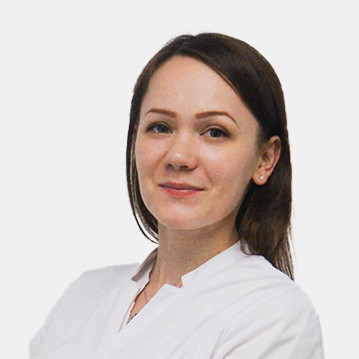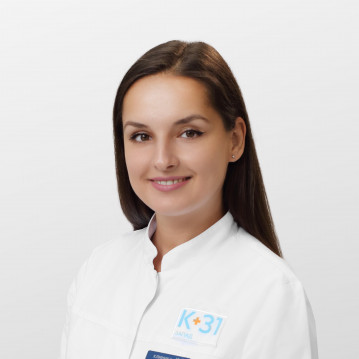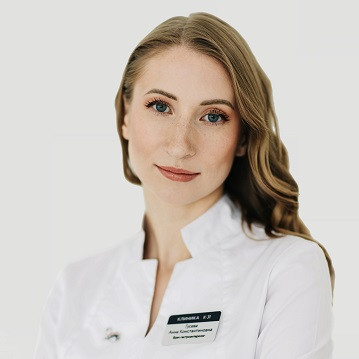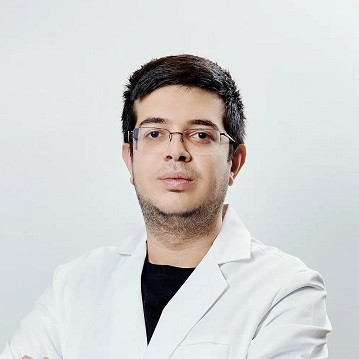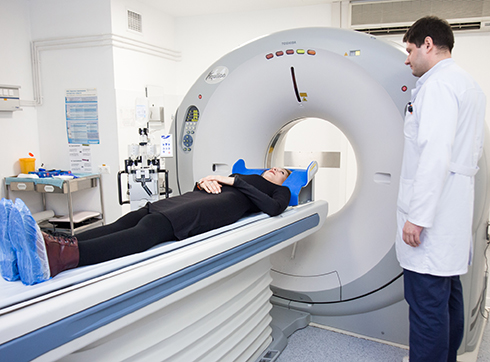
CT enterography or computed tomography of the intestine is a modern method of radiation diagnosis of diseases and pathologies of the small intestine. The essence of the procedure is to fill it with a neutral medium in order to straighten the lumen of the intestine and achieve the necessary contrast of the walls. If it is necessary to obtain high-contrast visualization of the mucous membrane and feeding vessels, then the diagnosis is carried out with intravenous bolus contrast enhancement.
Benefits of using CT enterography
CT enterography allows you to assess the condition of the walls, mucous membranes and feeding vessels in the intestine much better and more accurately than any other procedure. It allows you to obtain information about the pathologies not only of the small intestine, but also of other organs of the small pelvis, abdominal cavity and retroperitoneal space.
In the course of preliminary preparation for diagnosis, the patient's intestines are cleaned and stretched with liquid contents, which makes it possible to identify diseases and pathologies at an early stage, starting their treatment in a timely manner. During the procedure, the doctor can assess the condition of the mucous, muscular and serous membranes of the small intestine, the nature of the changes in which accurately indicates a particular disease. Polyethylene glycol preparations used in diagnostics are absolutely safe for human health.
But, like any other medical procedure, CT enterography of the small intestine has its own contraindications:
- "Acute" belly.
- Intestinal obstruction.
- Allergy to individual components of the drug.
In the presence of such contraindications, the decision on the advisability of CT enterography of the small intestine is made by the doctor individually, depending on the patient's condition. Doctors should be informed in advance about recent infections and chronic diseases (diabetes, asthma, thyroid pathology, kidney failure).





